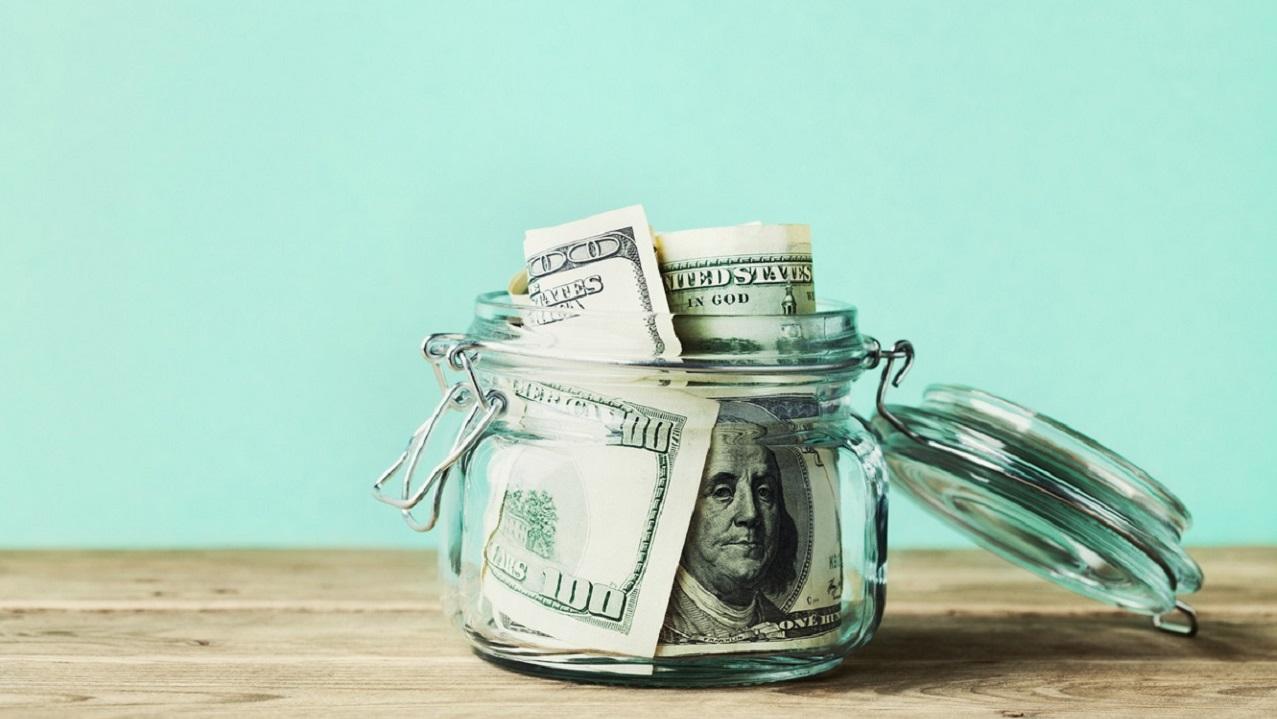Most Americans can’t afford an unexpected $1,000 expense, study finds
About 16% of adults say they’d finance it with a credit card and pay it off over time
Hundreds of thousands of Americans who are living paycheck to paycheck would be unable to afford a $1,000 emergency expense, according to a new report released this week.
Less than half — just 41 percent — of adults living in the U.S. have enough savings to pay for a $1,000 emergency room trip or car repair, a study published Wednesday by Bankrate.com found. Another 37 percent of respondents said they would need to borrow money to cover the cost.
About 16 percent of adults said they’d finance it with a credit card and pay it off over time, while 14 percent said they’d turn to friends and family for a loan. Another 7 percent would be forced to take out a personal loan, they said.
SOCIAL SECURITY BENEFITS SET FOR SLIGHT BUMP IN 2020
“Using a credit card was the most common way for those without savings to pay for emergency expenses,” Bankrate.com chief financial analyst Greg McBride said. “But this comes at a high cost.”
That’s because the average $3,5000 expense financed at the national average credit rate of 17 percent would require monthly payments of $125. Paying that would incur nearly $1,000 in additional charges and could take up to three years to fully pay off, McBride said. He advised that individuals accumulate their savings to act as a buffer from high-cost debt in the event of an expensive emergency.
Over the past year, an estimated 28 percent of American adults (or someone they knew) experienced a major unexpected expense. The average amount of which was $3,518.
DEMOCRATS' SOCIAL SECURITY FIXES RELY ON TAX THE RICH PROPOSALS
The trend is even more pronounced among young adults. Roughly 36 percent of millennials said they could pay an unplanned expense, whereas about 41 percent to 44 percent of other age brackets said they could dip into their savings to pay the bill.
Of course, unsurprisingly, higher-income households tend to be more insulated from the debt that typically accompanies an emergency. About 56 percent of respondents who earn more than $50,000 annually said they would pay from their savings, compared to just 28 percent of those who earn less than $50,000.
Lower-income households that earn less than $30,000 a year were also more likely than higher-income groups to borrow from family or friends, with 25 percent of respondents saying they’d ask for help. Just 8 percent of other income groups said they’d turn to a friend or family for financial assistance.
According to a recent Charles Schwab survey, a staggering 59 percent of adults living in the U.S. said they live paycheck to paycheck.
CLICK HERE TO GET THE FOX BUSINESS APP
“Prepare yourself for the inevitable, unplanned expense by setting up a direct deposit from your paycheck into a dedicated emergency savings account,” McBride said. “Even $20 per week will add up, getting you to the $1,000 mark by year-end.”




















